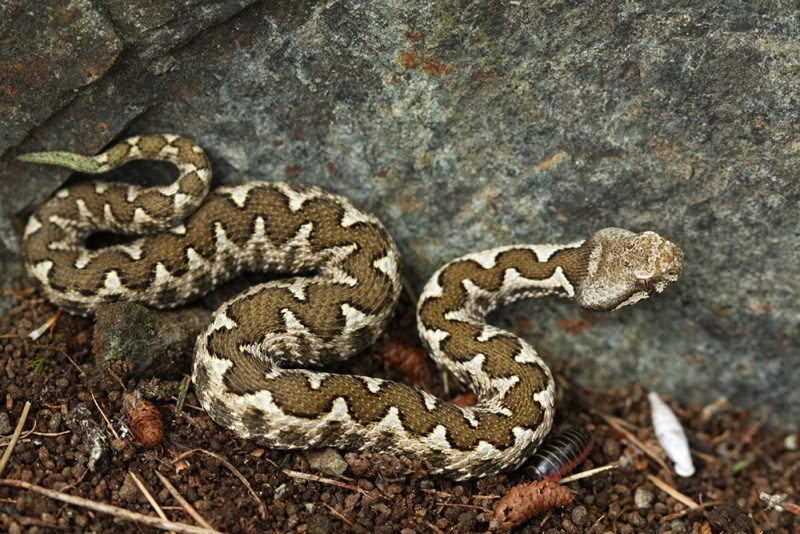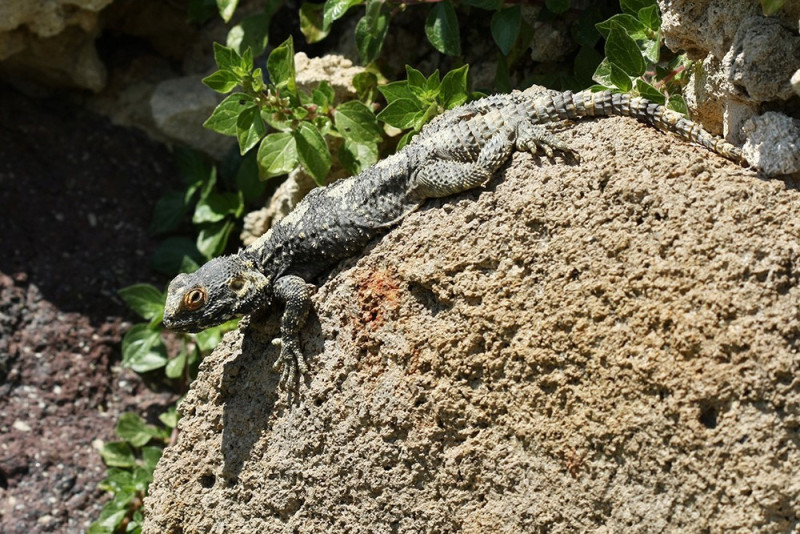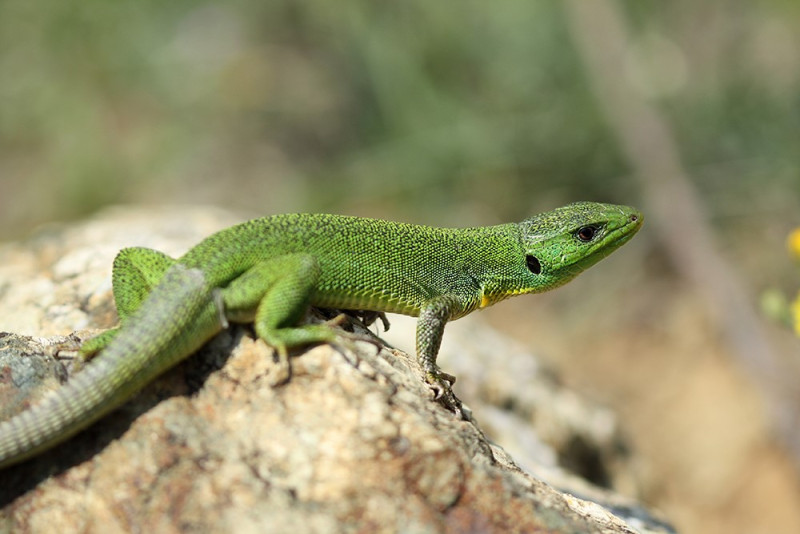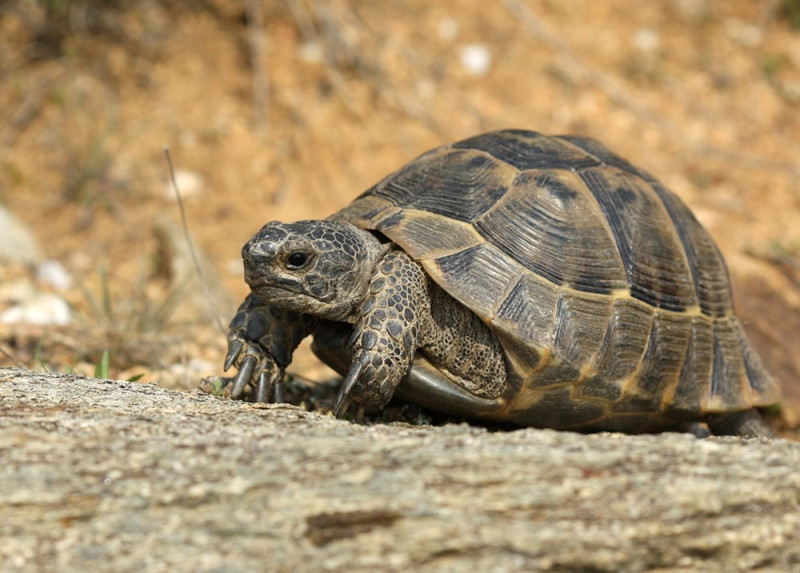Among the protected species that can be found in the area of 30,000 acres of Sheikh Su, is the crocodile!
Rich in reptiles and amphibians is Sheikh Sou, where 71% of the species of reptiles that live in the whole of Central Macedonia are found, according to a recently published scientific paper by the biologist and PhD candidate of the Biology Department of the Aristotle University of Thessaloniki Ilias Strahini.
Among the species that can be found in the 30,000 acres of Sheikh Su, also known as “Kedrinos Lofos”, is the crocodile!
As Mr. Strahinis reports to APE-MPE, despite the several fires from which the forest suffered in the past, Sheikh Sou hosts a remarkably high biodiversity, which means many species of wild flora and fauna.
“All the reptiles and amphibians recorded are protected species, while among them one amphibian and seven reptiles belong to Annex II of Community Directive 92/43, which means that they are strictly protected”, notes Mr. Strahinis.
In more detail, in terms of reptile species, Kedrinos Lofos is home to six species of turtle, eight species of lizard and 11 species of snake, while the amphibians consist of six species of frog and one species of newt. Some of the most famous reptiles of Sheikh Su are the Samiamidi, land turtles, Lafiatis, Nerofido, Saita and Ochia. Of all the reptiles and amphibians of Sheikh Su, the only one that has a potentially dangerous bite is the Common Viper (Viperaammodytes) and all the rest are harmless to humans.
According to Mr. Strahinis, the presence of the viper in Sheikh Shu should not frighten the visitor as it is a slow animal with a mild character that will never attack humans and will defend itself with a bite, only if stepped on or caught. If the walker encounters the viper, he can keep a distance of two or three meters without disturbing it, observe it and photograph it without risk.
A miniature crocodile!
One of the most interesting reptiles that can be found in the Sheikh Su forest is the crocodile. As Mr. Strahinis explains, the name is not accidental, as it seems to be the first animal to be named “Crocodile” by the ancient Greeks, from the words kroki and drillos, which mean pebble and worm (creeping animal), respectively .
“The crocodile normally comes from Asia Minor, the southern and eastern Aegean, and in Thessaloniki it seems to have been introduced during the Byzantine years. Since then it spread naturally and today it can be found from the borders of Kilkis prefecture to areas of Halkidiki. It is a large spiny lizard, which looks like a miniature of the crocodiles, as we know them today, and is naturally harmless, like all the lizards of Europe. One can admire the crocodiles basking on the hot sunny days on the rocks in the Sheikh Su forest.
Another interesting Sheikh Su amphibian is the common newt. It looks like a small lizard but is not a reptile, it swims and breeds in clear stagnant water and the males come in many striking colors. It leaves the water and remains in hiding in the very low temperatures of winter or the very high temperatures of summer.
Balancers of nature
Reptiles and amphibians, Mr. Strahinis points out, are nature’s balancers and are very important cogs of ecosystems, since they occupy such positions in the food web, which are both predators and prey.
“Sheikh Shu’s high diversity of reptiles and amphibians is a strong indicator of high biodiversity in general and suggests the existence of a rich ecosystem, despite the many pressures the forest is under today. Fires, pollution, garbage, debris, off-road vehicles, abandoned pets, arbitrary constructions, road construction, illegal cutting of trees and poaching of animals and plants, are some of the many man-made pressures the long-suffering Sheikh Su has faced over the years. In order for the forest of Kedrinos Lofos to continue providing all its ecosystem services to the people of Thessaloniki, it is necessary to mitigate these threats, to respect and protect its structure, style and biodiversity as a whole,” he concludes.
Source: Skai
I have worked as a journalist for over 10 years, and my work has been featured on many different news websites. I am also an author, and my work has been published in several books. I specialize in opinion writing, and I often write about current events and controversial topics. I am a very well-rounded writer, and I have a lot of experience in different areas of journalism. I am a very hard worker, and I am always willing to put in the extra effort to get the job done.














